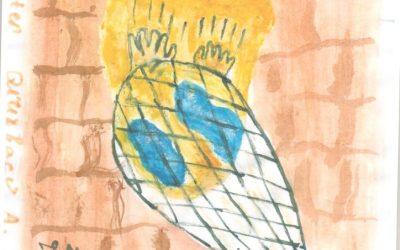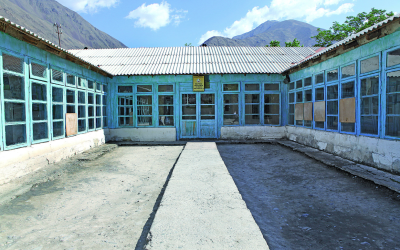In the realm of agriculture and irrigation, the transition from large-scale systems to more fragmented units has been a significant change, especially in the context of the former Soviet Union. This shift, as noted by Rakhmatullaev et al. (2013), not only made water management less efficient but also heightened conflicts over water among farmers. However, this change presents both challenges and opportunities, particularly through the establishment of Water Users Associations (WUAs), a vital component in Integrated Water Resources Management (IWRM).
The Rise of Water Users Associations
Water Users Associations, as defined by Salman (1997), are groups of farmers organized as non-profit entities responsible for managing either parts or entire irrigation systems. These associations, prevalent in developing countries, are particularly noteworthy in the context of Irrigation Management Transfer (IMT). They embody the shift towards more localized, participatory management of water resources.
Multi-Dimensional Responsibilities
Ghazouani et al. (2012) emphasize that WUAs should cover three main areas of responsibility: water management, maintenance, and financial management. This structure enables farmers to actively participate in crucial decision-making processes, such as planning water allocation and maintaining facilities. It’s a move towards democratizing the process, ensuring that those most affected by water management decisions have a say in them.
Challenges and Opportunities
Despite their potential, the implementation of WUAs is not without its challenges. Yakubov and Ul-Hassan (2007) pointed out that participatory management could inadvertently create disparities between marginalized and more powerful groups. This highlights the need for careful consideration in how these associations are structured and governed to prevent the monopolization of benefits by a few.
Wegerich (2006) further argued that both external (like physical, technical, and socio-economic factors) and internal factors (such as bylaws and group dynamics) play a crucial role in the performance of WUAs. This suggests that for WUAs to be effective, they must be adaptable to both their environmental context and internal organizational structure.
Institutional and Governmental Support
Another critical aspect is the need for an institutional framework and governmental backing, as noted by Salman (1997). This support is essential for the proper functioning of WUAs, encompassing legal and regulatory frameworks and agreements between state agencies and WUAs.
Relevance in Developing Countries
The relevance of IMT and WUAs in developing countries, particularly those with a history of state-centralized resource management, is a topic of considerable debate. The concepts, mainly developed in the West, must be contextualized to the unique socio-economic and political landscapes of these countries.
Conclusion: Balancing Efficiency with Equity
The establishment of WUAs represents a significant step towards more inclusive and efficient water management, especially in the wake of the dismantling of large-scale irrigation systems. However, as we embrace this transition, it’s crucial to remain vigilant about the potential inequalities that might arise and ensure that these associations operate within a supportive institutional framework. The success of WUAs hinges on balancing technical efficiency with social equity, ensuring that water – a vital resource – is managed effectively and fairly for all.
Source: Zinzani, A. 2014. Irrigation Management Transfer and WUAs’ dynamics: evidence from the South-Kazakhstan Province. Environ Earth Sci (2015). 73:765–777



